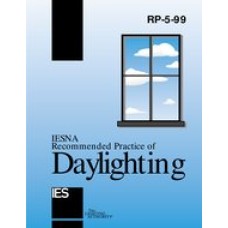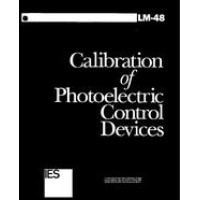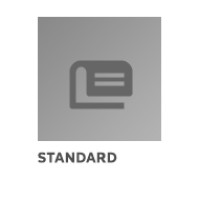This Recommended Practice replaces RP-5-79 Recommended Practice of Daylighting and presents significant developments in the knowledge about and the technology for daylighting that have occurred during the past 20 years. For example, human factors aspects of daylighting are now better understood. Today, computers are found in almost every office and in many other environments. Good lighting design must therefore address both paper-based tasks on horizontal surfaces and specular tasks on near-vertical planes (e.g., video display terminals). Window technology has advanced in areas such as spectrally selective glazing, which allows more visible solar radiation and less infrared to be admitted, helping to reduce cooling loads. In addition, new control capabilities, such as continuous dimming of fluorescent lamps, as well as novel technologies such as prismatic films and mirror light pipes, are now commercially available. There are nine major sections in this Practice: an introduction describing six ?essential? ingredients for daylighting is intended to assist in a ?first cut? assessment of daylighting?s potential for energy savings; human factors considerations explaining how the very high luminance ratios and intense glare associated with sunlight can be tempered based on an understanding of human requirements, preferences, and behaviors; characteristics of daylight examining daylight?s ultraviolet and infrared components and the apparent color of daylight which changes depending on solar altitude; daylight considerations for materials and plants revealing why exposure time, light intensity, and ultraviolet content are all critical factors; development and implementation of daylighting designs presenting a logical five-step design process that should be integral to and adopted during a building?s earliest planning stages; daylighting systems describing the two general categories -- sidelighting and toplighting -- in detail; integration of daylight and electric light explaining how daylight and electric light can be combined to exploit each source?s advantages; energy savings through daylighting examining what daylighting can contribute to reducing nonrenewable energy use; and cost analysis for daylighting systems identifying the best economic models to use for estimating cost-effectiveness when making a daylighting investment. This Practice also contains a five-page glossary defining key terms relating to daylighting practice and over 100 references to recent literature covering daylighting developments, software simulation systems, and basic research. This Practice is based on a consensus of contributing members of the IESNA Daylighting Committee, supported by research where available. It was the decision of the Daylighting Committee that RP-5-99 would focus on design issues and omit calculation procedures because these are covered in other IESNA publications.
 PDF
PDF
All of our standards document are available in PDF (Portable Document Format), an electronic, downloadable format.You will be able to download the file in your account downloads.
 Multi-User Access
Multi-User Access
After purchasing, you have the ability to assign each license to a specific user.
 Printable
Printable
At any time, you are permitted to make printed copies for your and your members' reference use.
 PDF
PDF
 Multi-User Access
Multi-User Access
 Printable
Printable



